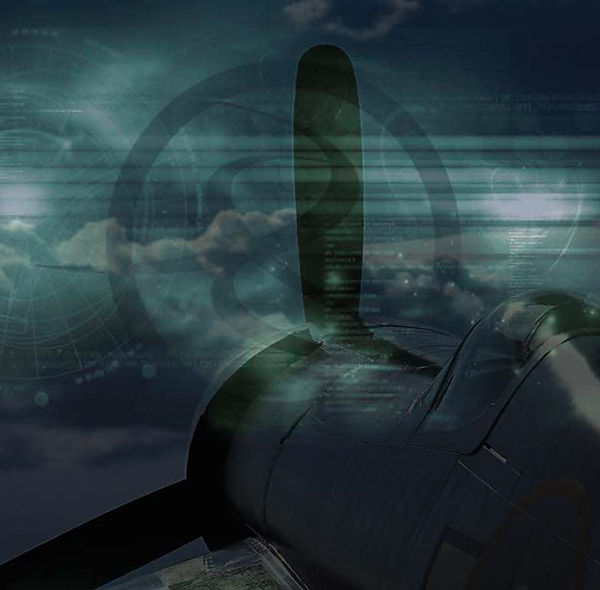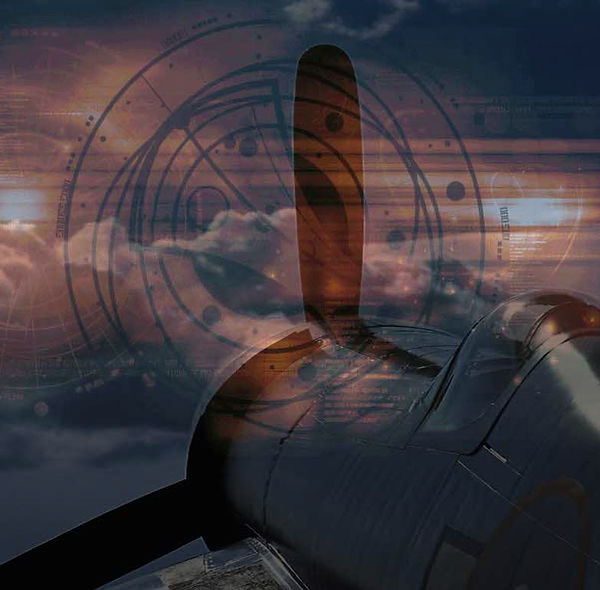
Hold your pointer on a tab in the menu on top of the page to view and handle the sub menus.



F4U-1A Corsair (*)
Official documentation and manuals subsequently referred to the first Corsairs that had raised cockpits and a redesigned canopy and windscreen with the F4U-1 A designation .The " A" suffix was not added to the designation painted on the vertical tail of these aircraft.
All F4U-1A , F3A-1As, and FG-1A that were delivered to the U. S. Navy and Marines were painted in the tri-color paint scheme of non-specular Sea Blue on the upper surfaces, non-specular Intermediate Blue on the vertical surfaces, and flat white on the bottom surfaces. The bottoms of the outer wing panels were painted Intermediate Blue, since they were considered a vertical surface when the wings were folded. Exposure to the sun and repainting in the field often left all of the upper and vertical surfaces a faded medium blue with no distinction between the Sea Blue and Intermediate Blue colors.
Many changes that differentiated the F4U-1 A from the previous F4U-1 were made to improve pilot visibility. The cockpit was raised seven inches, and the vertical travel for the seat was increased. The framed canopy was replaced with a higher semi-bubble design that had only two lateral frames at the top. The higher position of the pilot, along with the elimination of the side frames, improved visibility in all directions except forward. The long nose of the corsair still restricted the forward line of sight, particularly in a nose high landing attitude. In order to reduce this problem, the tail wheel strut was lengthened 6.48 inches beginning with F4U-1 A, BuNo. 50080.
As efforts continued to solve the problems with the premature stalling of the left wing, a small spoiler was added to the leading edge of the right wing just outboard of the guns. This small spoiler was only six inches long, but it was enough to cause the right wing to stall at the same time as the left, and keeping the aircraft level.
Another change began with F4U-1 A, BuNo. 17930, was the elimination of the retractable landing/taxi light under the left wing. It was replaced with a smaller approach light located in the leading edge of the wing. This same change was first incorporated on FG-1A , BuNo. 13261, and F3A-1A, BuNo. 04592.
The Corsair had two bomb racks which could only carry small bombs in the 100-pound class. To increase the bomb-carrying capability of their aircraft, some units in the field created a centerline rack that could carry a bomb up to the 1000-pound size. A more substantial rack of similar design was developed and produced by Brewster, and the capability to utilize this rack was added on F4U-1A , BuNo. 17930, and FG- 1, BuNo. 13572.
At the same time, provisions were made to permit the use of a dropable 170-gallon fuel tank on the centerline station. This tank or the bomb rack could be carried, but both could not be used simultaneously. The Brewster Corsair could also be fitted with the centerline bomb rack.
In search of a feature that could be used for a few minutes to provide emergency power in a combat situation a Water/alcohol injection first appeared in the form of the R-2800-8W engine on F4U-1A, BuNo. 55910, FG-1 A, BuNo. 13992, and F3A-1 A, BuNo. 11208.
(*) : Index - References - Notes - Citations